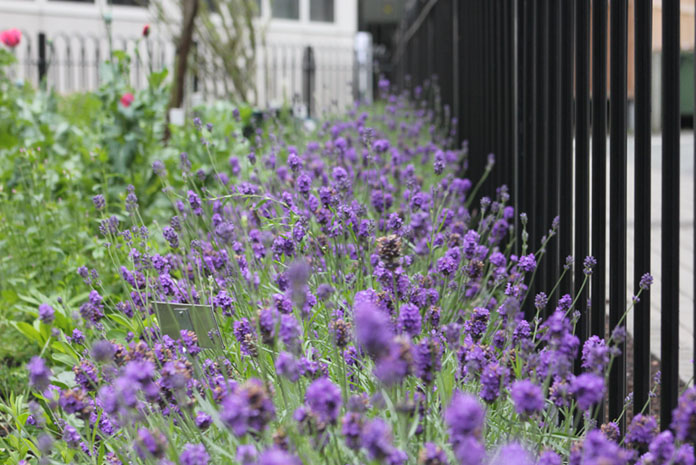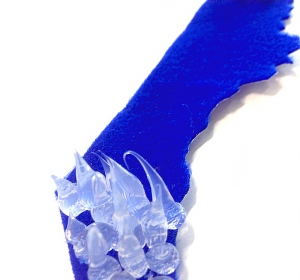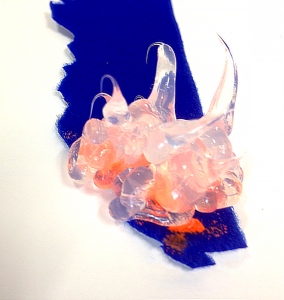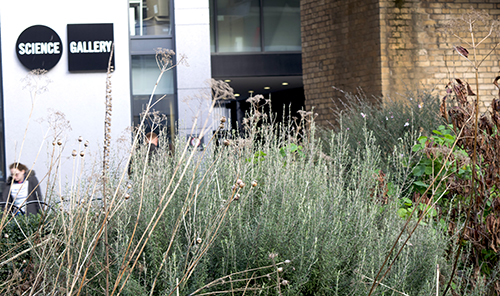Over the next four days I will add one post per day about our ongoing interest in the Physic garden in Trinity College Dublin.
 For this first post I would like to give a brief background to the garden itself. Tomorrow I will highlight the sage plant. The following post will illustrate some of the SEM images we have already taken of the sage plant. Finally I will round up by talking about our dilemma in choosing which plant to focus are research on.
For this first post I would like to give a brief background to the garden itself. Tomorrow I will highlight the sage plant. The following post will illustrate some of the SEM images we have already taken of the sage plant. Finally I will round up by talking about our dilemma in choosing which plant to focus are research on.
So to start off with Trinity College initiated a physic garden on the main college campus in 1687 to provide plant material to support the teaching of medicine. By 1173 this garden had become derelict, and was partly used to dump offal from the Anatomy Department.
In 2011 to mark 300 years of Botany, Chemistry and Medicine at Trinity College, Dr Henery Oakeley, Garden Fellow at the Royal College of Physicians of London opened the new Physic (medicinal) garden on the main campus of Trinity College. The garden features sixty plants of medicinal interest and aims to highlight where some medicines come from.
Although some plants are still used in herbal medicines, modern drug development relies more on finding novel chemical of medicinal value in plants and then reproducing this chemical through biosynthesis techniques on an industrial scale to produce the relevant drug. Botany is no longer taught to medical students however the links to drug discovery and development are still as strong as ever. The Physic garden showcases medicinal plants of ancient and contemporary medicinal relevance and regonises the linkage between the disciplines of Botany, Chemistry and Medicine. It is situated between the Hamilton and Llyod Building at the East end of the campus. (excerpt taken from – Trinity News and Events – 21st April 2011)






 For this first post I would like to give a brief background to the garden itself. Tomorrow I will highlight the sage plant. The following post will illustrate some of the SEM images we have already taken of the sage plant. Finally I will round up by talking about our dilemma in choosing which plant to focus are research on.
For this first post I would like to give a brief background to the garden itself. Tomorrow I will highlight the sage plant. The following post will illustrate some of the SEM images we have already taken of the sage plant. Finally I will round up by talking about our dilemma in choosing which plant to focus are research on. 

